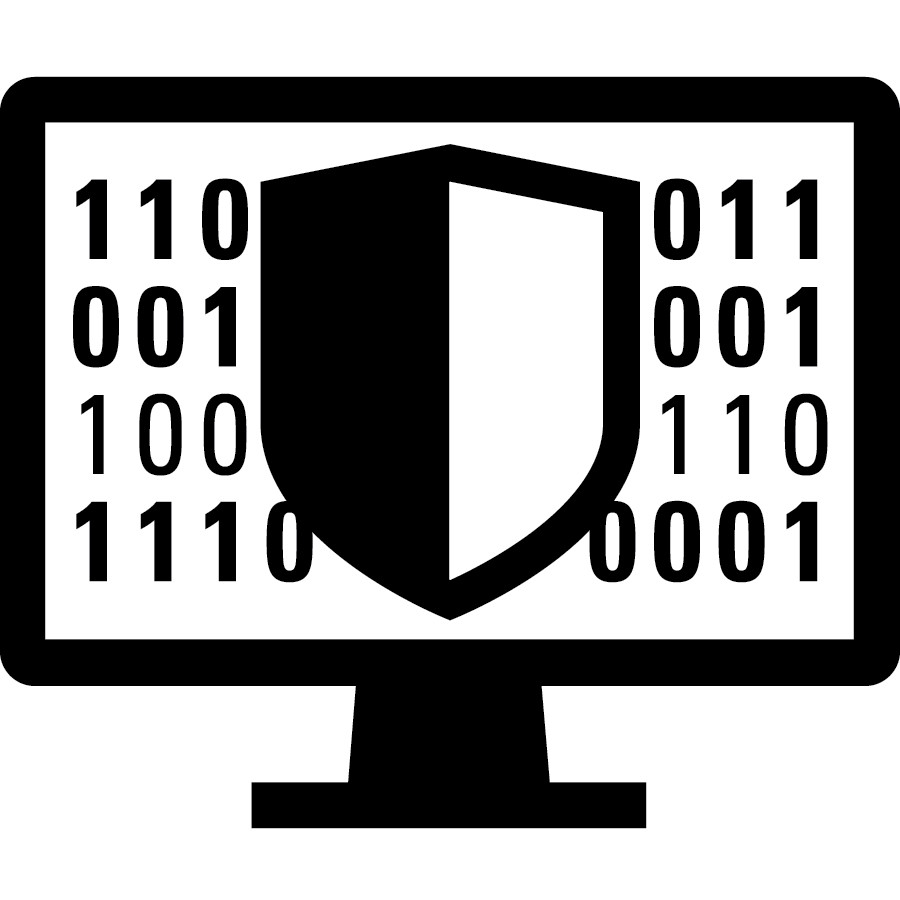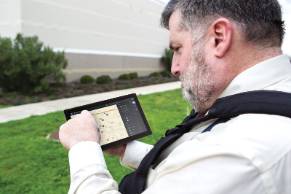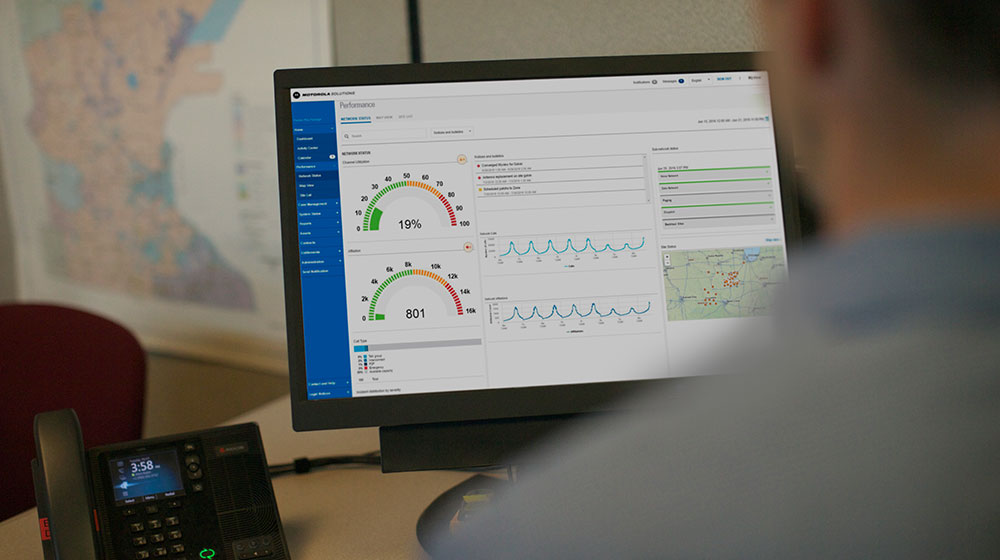When it comes to public safety, reliable communication channels are crucial for coordinating, managing and responding to natural disasters, crime, accidents and other emergencies. In a world where physical and cyber threats are on the rise, and anyone can get quick and easy access to police radio scanners via an app, if and how to encrypt communications has become an important consideration.
Public safety agencies, responsible for ensuring the safety and well-being of the community, face unique and significant challenges, though. How can they maintain secure lines of communication and protect sensitive information while balancing the needs and interests of those who advocate that they should remain open for anyone to access?
In this blog, we’ll take a look at why more public agencies are considering encrypted communications and how they can impact operational efficiency. We’ll also examine what steps your agency can take to successfully implement secure communication solutions, finding a solution to meet your agency’s needs and considerations for balancing security with transparency.
The Pivotal Role of Encrypted Communications
In today’s world, every public safety agency, from law enforcement to emergency medical services, needs to exchange information rapidly and securely. The widespread adoption of smartphones, apps and the internet has led to an unprecedented increase in access to digital communications. However, this convenience comes with the risk of valuable information being intercepted and exploited by criminals and other bad actors. Encrypted communications provide a solution by ensuring that only authorized individuals can access sensitive information, thereby helping maintain the integrity and confidentiality of data.
When we talk about encrypted communications, many people immediately think of traditional police radio scanners — portable or desktop devices that enable users to hear what law enforcement and emergency personnel are transmitting in real time, or with a minor delay. In the past, police radio scanner aficionados outside the realm of public safety and first responders were primarily limited to the media and hobbyists, along with local businesses like towing companies. With the surge in popularity of dozens of apps streaming real-time dispatch and police communications in the early 2020s, however, the number of scanner listeners has skyrocketed.
Beyond radio scanners, though, there’s much more to consider when speaking about encryption. Communications can include information collected from crime scenes, personal data of and interviews with victims of abuse, hostage negotiations, drug enforcement operations and other sensitive data. If this information were made publicly available in real time, either unwittingly or through the actions of threat actors, could jeopardize lives and property.
Benefits of Encrypted Communications for Public Safety
There are a number of reasons for public safety agencies to encrypt communications. Benefits include enhancing coordination and response efforts, complying with data protection regulations, reducing the risk of data leaks, and protecting the privacy of individuals.
Sharing information efficiently and securely plays a crucial role in the success and effectiveness of public safety operations. This can be the case not only during routine emergencies such as traffic accidents or responding to natural disasters like fires and flooding. In sensitive situations such as drug busts, human trafficking and terrorist attacks, it can protect vital details that might compromise the safety of both emergency responders as well as victims.
Across different jurisdictions, government entities are imposing stringent data protection regulations on public safety organizations. This often requires agencies to protect sensitive information such as that covered under the Health Insurance Portability and Accountability Act (HIPAA).
Government guidance can also include directives such as one released in 2020 by the U.S. Department of Justice (DOJ) that requires agencies to protect personally identifiable information such as driver’s license numbers and criminal backgrounds. Secure, encrypted communications help public safety agencies maintain compliance with these regulations, avoiding costly penalties and enhancing their credibility as protectors of the community.
With cyber threats on the rise, public safety agencies must remain vigilant. Employing a comprehensive encrypted communication solution minimizes the chances of compromised communications. This ensures that information remains safe from unauthorized access. As agencies gather and handle larger volumes of sensitive information about people in their communities, it’s their responsibility to protect this data. Encrypted communications can play a significant role in maintaining privacy and ensuring that data is not misused or leaked.
Evaluating Encryption Solutions
Encrypted communication systems use advanced algorithms to securely encode messages and data, making interception and tampering extremely difficult for cybercriminals. The use of end-to-end encryption means that even if messages are intercepted in transit, they remain unreadable to anyone other than the intended recipient.
When evaluating encryption solutions, it’s critical to consider which will best support the needs of your agency, along with how they’re integrated into your existing products and devices. Public safety agencies implementing encrypted communications must strike a delicate balance between security and operational speed. Setting up and maintaining encryption systems can be complicated and resource-intensive, requiring technical expertise and ongoing investments in hardware, software and staff training. Therefore, working with a partner with deep expertise in public safety is critical.
Motorola Solutions has a dedicated secure products team that develops and manages authentication, end-to-end encryption and key management solutions to secure system resources as well as voice and data transmissions. Our technology primarily starts with encryption chips, like our Hardware Security Module (HSM), and our solutions are developed working with our customers to meet their security needs and required certifications, such as FIPS 140-2.
Managing encryption keys — the unique codes required to access encrypted data — can prove challenging. Failure to effectively manage encryption keys by not rotating and being able to quickly adapt could counteract the intended security benefits. As such, public safety agencies must adopt robust encryption key management.
To ensure best practices, Motorola Solutions offers the ASTRO KVL5000, a handheld key variable loader and the ASTRO KMF, a management facility to centrally and quickly manage keys. These solutions have been developed in conjunction with public safety agencies to meet their use case and operational requirements, and to simplify what can be a challenging process.
Implementing Encrypted Communication Solutions
If and how to deploy encrypted communication solutions should begin with a thorough assessment of organizational needs. The Federal Partnership for Interoperable Communications (FPIC) has published a number of resources designed to help public safety officials and agencies make informed decisions when implementing encryption solutions.
A commitment to training and awareness is essential, as the workforce needs to be well-versed in the secure handling of sensitive data and effective communication protocols. In addition, agencies should consider the potential ramifications of adopting a broad encryption policy that covers all communications, versus a more nuanced approach which could entail different levels of access and encryption for different audiences. The plan should also include how this will be presented to state and local community leaders, and potentially the press.
For example, some agencies have kept their police department’s primary dispatch channel open, but have encrypted other channels depending on how they’re being used. Some channels may be open to the public, and some may be open only to approved media and first responders. Others, such as those used by SWAT teams, may be fully encrypted. In some instances, agencies have opted to keep all dispatch communications open, but use end-to-end encryption for data sent through the standard emergency communications center (ECC) workflow to protect it from being leaked or compromised.
Another consideration is community sentiment and concerns regarding transparency, particularly when it comes to law enforcement. Developing a proactive plan to involve community leaders early in the process and provide clear and consistent messaging on your agency’s approach, as well as a well-thought out rationale for determining who has access to what, can go a long way in dispelling criticisms and legal battles. As many states and municipalities look to enact laws that would prevent or restrict encryption altogether, this is becoming a much more pressing issue.
Lastly, continuous updates and monitoring of encrypted communication solutions should be a priority to keep pace with emerging technologies and potential threats.
Summary
As digital communication becomes an ever-present facet in our lives, encrypted communications have emerged as a vital tool for public safety agencies to consider. By thoroughly evaluating the needs and capabilities of their organization and infrastructure, public safety agencies can make more informed choices about adopting encryption to better protect and serve their communities.
In addition, agencies should work with local leaders early in the process of evaluating encryption solutions and policies to develop a plan that will both protect privacy and build trust in the communities they serve.
Learn more about our encryption and authentication solutions for public safety.





Natalie Cabello
July 31, 2023
Great article, and very interesting to learn how Motorola is helping keep our public safety institutions safe. Especially in these times of increased violence and natural disasters, where accessibility, speed, and security are paramount.